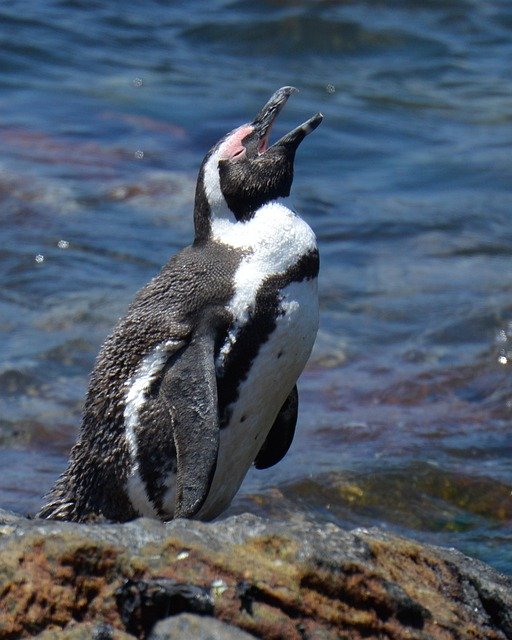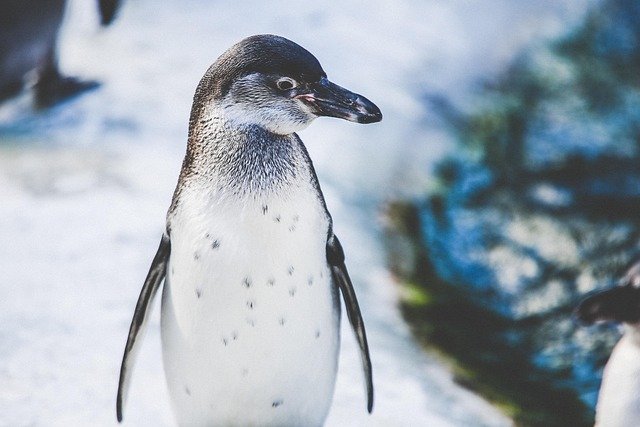**Title: "The Social Lives of Penguins: Understanding Their Communal Behaviors and Relationships"**

The Social Lives of Penguins: Understanding Their Communal Behaviors and Relationships
Penguins are often celebrated for their adorable waddles and charming appearances, but beneath their playful exteriors lies a complex social structure that is crucial to their survival. In this post, we will explore the fascinating communal behaviors and relationships of these remarkable birds.
The Importance of Social Structure
Penguins are highly social animals that thrive in colonies. Their social structure plays a vital role in various aspects of their lives, including:
Protection from Predators: By living in large groups, penguins can better defend themselves against predators. The sheer number of individuals can deter attacks and provide safety in numbers.
Huddling for Warmth: In the frigid environments where many penguin species reside, huddling together helps conserve body heat. This behavior is especially crucial during harsh weather conditions, where temperatures can plummet.
Cooperative Breeding: Some species, like the Emperor Penguin, exhibit cooperative breeding behaviors. This means that individuals other than the biological parents may help care for the young, enhancing the survival rate of the chicks.
Communication and Bonding
Penguins utilize a variety of vocalizations and body language to communicate with one another. Each species has its own unique calls, which are essential for:
Identifying Partners: During the breeding season, penguins often engage in elaborate courtship displays and vocalizations to attract mates. These behaviors help strengthen pair bonds, which can last for many breeding seasons.
Maintaining Colony Cohesion: Penguins use vocalizations to stay connected within the colony. This is particularly important during the breeding season when parents must locate their chicks among thousands of others.
Social Hierarchies
Within penguin colonies, social hierarchies can emerge. Factors influencing these hierarchies may include:
Age: Older, more experienced individuals often hold higher status, which can affect their access to resources and mates.
Health: Healthier penguins may dominate in social interactions, securing better feeding opportunities and mates.
Aggression and Displays: Some penguins engage in aggressive displays to assert dominance or establish territory, which can influence their social standing within the colony.
The Role of Play
Play is an essential aspect of penguin social behavior. Young penguins often engage in playful activities, such as sliding on ice or chasing one another. This play serves several purposes:
Social Bonding: Play helps strengthen relationships among peers, fostering cooperation and camaraderie.
Skill Development: Engaging in playful behaviors allows young penguins to develop essential skills needed for survival, such as hunting and evading predators.
Conclusion
The social lives of penguins are rich and multifaceted, reflecting their adaptability and resilience in some of the harshest environments on Earth. Understanding their communal behaviors and relationships not only enhances our appreciation for these incredible birds but also underscores the importance of conservation efforts to protect their habitats and ensure their survival.
As we continue to study these remarkable creatures, we gain deeper insights into the complexities of their social structures, paving the way for more effective conservation strategies. So, the next time you see a penguin, take a moment to appreciate the intricate social dynamics at play beneath that charming exterior!
